For the most part, horror is a very visual genre. It’s the images that stick with us: a man approaching behind the shower curtain, a final girl fruitlessly sprinting away from an assailant, or a bloodied monster lurking in the basement. Giallo technicolor lighting or campy sprays of gore. Even horror literature relies heavily on visual imagery.
Of course, it’s the ideas that underlie these images that truly allow them to become frightening – and iconic. But there’s no doubt that a movie like The Shining would be remembered as well as it is today if it weren’t for those two twins… or the elevator filled with blood.
But what happens when you strip away all the skeletons, special effects, and movie magic and just work with the most bare essentials possible? Can something still be frightening with just a few pixels?
I’ll just answer that question for you: yes. Horror pixel art has existed since the dawn of Atari, and cunning artists have continually found brilliant ways to scare us with just a few blocks of color.
Maniac Mansion, Atari ST, 1987
And while you might think that horror pixel art was left behind once the SNES was superseded by the N64, it’s an art form that is flourishing in the modern day. It doesn’t just rely on cheap nostalgia to get its thrills across. Instead, it acts as a living conversation between the past and present of horror, allowing fans of all ages to connect over the thing that we all love: feeling spooked.
What Is Horror Pixel Art?
For the uninitiated, horror pixel art might sound something like an oxymoron. Most people think that the scariest thing about the 8-bit era were the terrible, glitchy games that came out of it. (I’m looking at you, 1982’s E.T. the Extra-Terrestrial. We’ll never forgive you, Atari.)
In all honesty, that’s somewhat of a fair assessment. Back in the very early days of gaming when video game artists were being limited by their medium, it was hard to make something truly frightening. But to think of horror pixel art as a relic of programming’s sordid past isn’t correct.
Video games have changed a lot since the 80s, but a desire to tell terrifying stories has remained. Greater graphics have allowed for a greater sense of immersion, allowing landmark series like Silent Hill and Resident Evil to completely change how people think of interactive horror storytelling. But as 3D became the norm, video game designers pivoted back to old methods of making games.
This is how horror pixel art made its comeback. When modern graphics became the norm, they just weren’t as scary as before. Using pixel art made the games simple, yet it opened up a whole new world of artistic freedom for the visuals.
And as more and more horror games began to be made in a retro style, horror pixel art began to pick up speed as a standalone art form. It became detached from gaming as a whole, and artists could just make their art without worrying about how it would fit into a larger storyline. It can now even be found on popular sites like Reddit, DeviantArt, and even throughout the unassuming annals of Pinterest.
In short, horror pixel art is several things at once. Yes, it does indeed encompass all of the frightening games from the 8- and 16-bit eras, but it also includes modern games and modern art.
8-Bit Horror and Gory Games
Although horror pixel art has evolved into a world of its own, some of the finest examples of it are still from video games. And while newer games often get the spotlight these days, it seems only logical to start from the beginning when talking about the genre.
The 80s were a golden age for horror pixel art, even if the designs aren’t that impressive by today’s standards. With that said, though, there are multiple games that can still send a chill down your spine. Sweet Home, a game released in 1989 based on a Japanese horror film, was a top-down RPG that ended up inspiring the Resident Evil series. It’s actually impressively scary; the monster sprites in particular are well-done. A sickle-wielding madman covered in boils and a skeletal demon with a gaping mouth show that the artists had great eyes for creepy details.
Sweet Home, 1989
On the more atmospheric end of things is a series like Castlevania. Although the first game has its moments in terms of visuals, it’s the Playstation installment Castlevania: Symphony of the Night that has some of the best horror pixel art of all. The art focuses less on dripping ghouls and gleaming skeletons and instead opts to create a pitch perfect gothic pixel world. Broken pillars, dark hallways, blood red curtains and more really make you feel like you’re exploring a labyrinthine vampiric castle. And those sprites of campy, sexy vampires don’t hurt either.
Interestingly, many modern games that use horror pixel art are often less visually complex than a game like Symphony of the Night. The best example of this is Undertale. Released in 2015, it borrowed heavily from retro games and added in a penchant for gut-churning horror. Cute flowers would suddenly distort and turn into grinning murderers if you selected the wrong in-game option. Sans, one of the game’s most beloved characters, is a skeleton that can shift between adorable to terrifying at a moment’s notice.
Undertale, 2015
The coolest part about Undertale is that it doesn’t reinvent the wheel – at least not visually. The sprites are often insanely simple – many of them are even in a black and white or monochromatic color palette. This makes slight details all the more unnerving.
This quick review only scratches the surface. Survival and psychological horror are two incredibly popular game genres, particularly in the indie sector. Once you go down the rabbithole, you’ll find an endless selection that ranges from Lovecraftian monster stories to shadowy explorations of dilapidated mansions.
Horror Pixel Art As Its Own Medium
Although less popular than examples culled straight from video games, standalone horror pixel art is quickly becoming an appreciated art form. It can be found almost anywhere that art is posted online, and the sprites you can find run the gamut.
One of the best places to find horror pixel art, whether you’re a video game programmer or just a casual fan of the artwork, is on opengameart.com. There are sprites of steampunk horror robots that you can pick up and incorporate into your indie game project, and then there are also just pieces of art that feel like they work better on their own. I’m partial to the cyber-noir zombie drinking an eyeball slushie, but that’s just me.
— FOUNDATIONS OF HORROR —
Further explore these subgenres & tropes. more>>
#Action horror | #In a Dark Dark Darkness | #Psychological horror
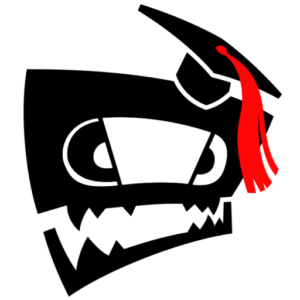
Other sites take away the video game aspect entirely and just allow artists to post their art that is inspired by those games of old. A site like ArtStation.com carries everything from incredibly simple 8-bit atmospheric art to pieces with so much detail that you can hardly even make out the pixels anymore.
The pixel art community is surprisingly large. The Reddit page for the art form has almost 500,000 members, and separate communities like PixilArt.com see tons of new contributions daily. While horror-related art only makes up a portion of the content that is shared, it still has a large presence.
As horror pixel art becomes more of a medium on its own, it becomes clear just how much it builds from the past. Popular modern pixel artists clearly draw from old games, but there’s something that feels distinctly modern about the way that they do it. They are no longer inhibited by their medium like the video game artists of the 80s; instead, like a poet working with haiku, the simplicity lets them remove distractions and create a focused, powerful piece of art. And when it comes to horror, that approach works quite well.
Last Updated on March 16, 2022.

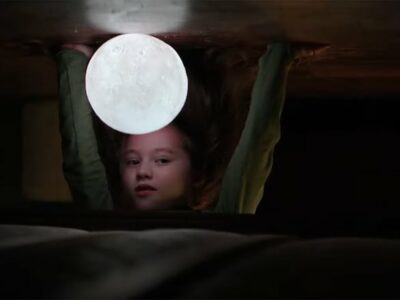

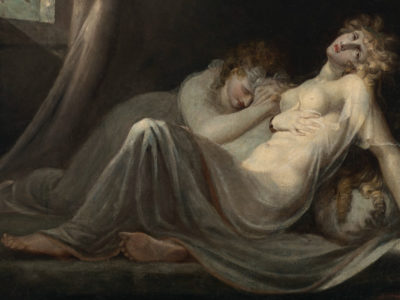


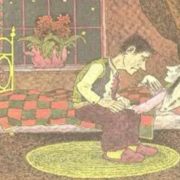

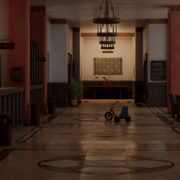






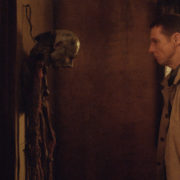

Comments